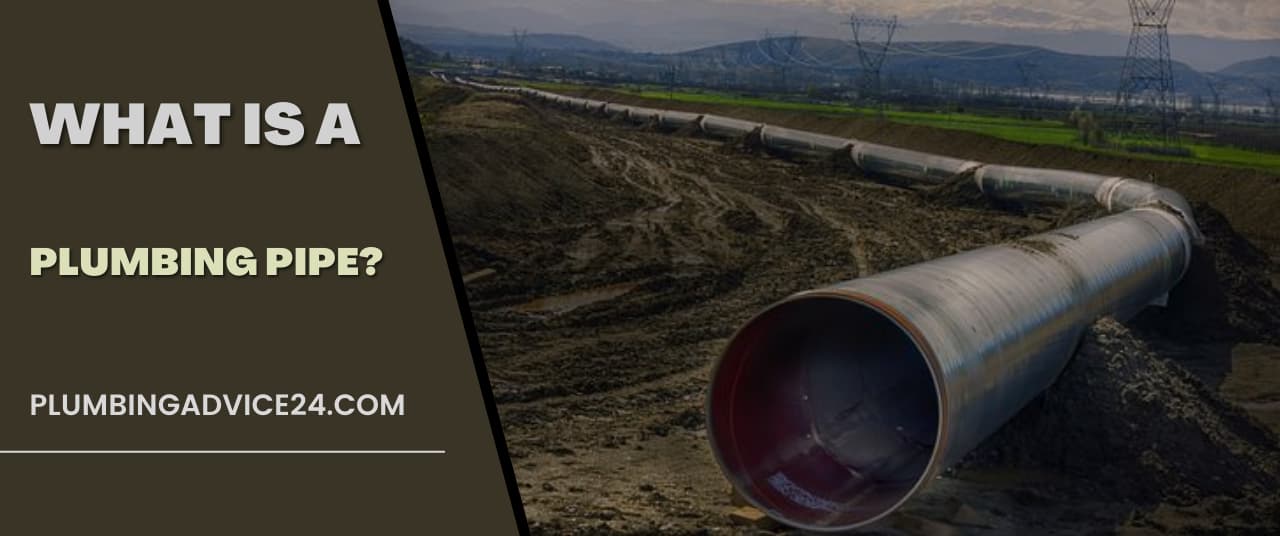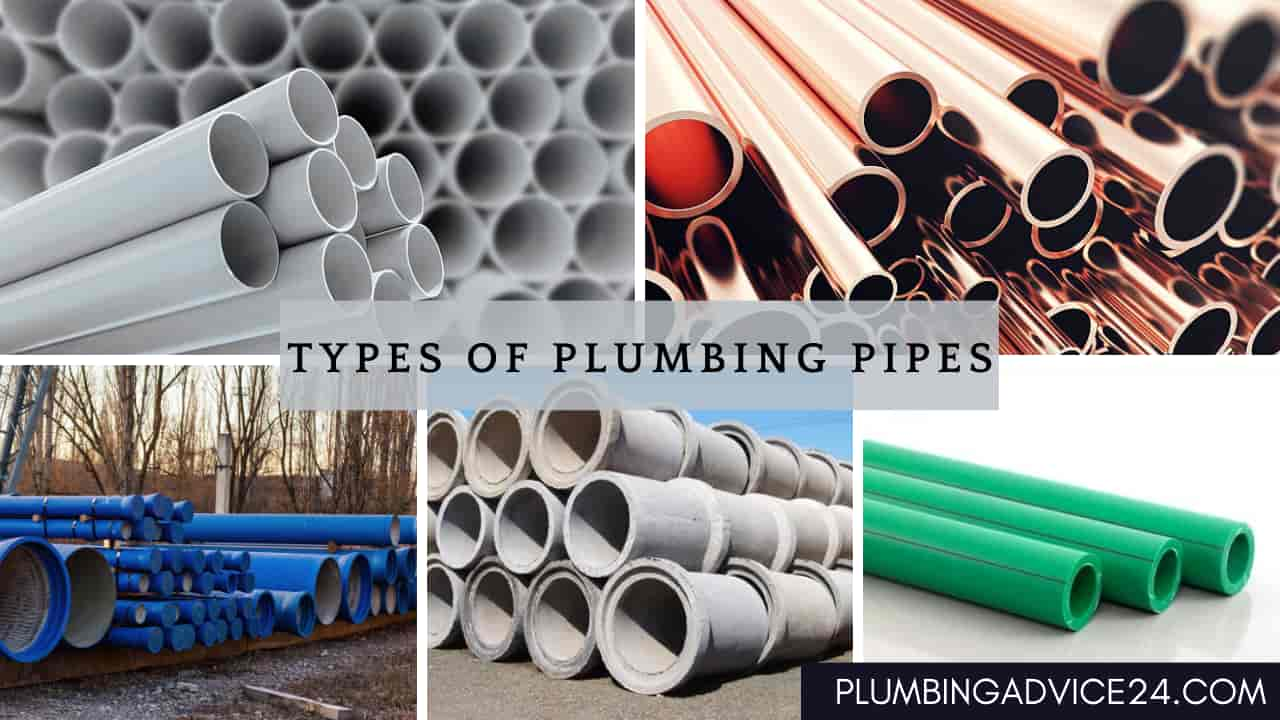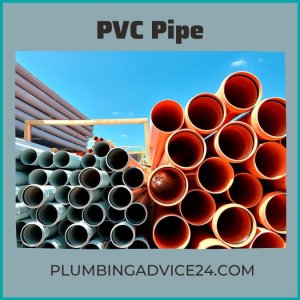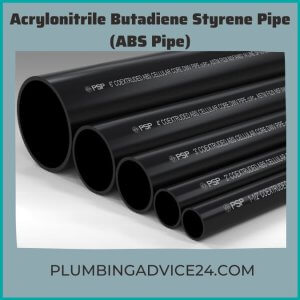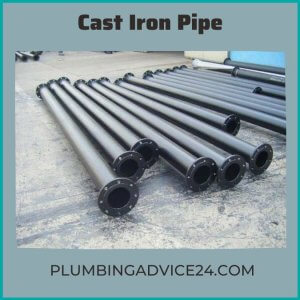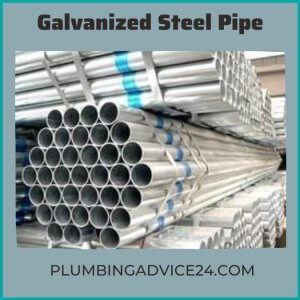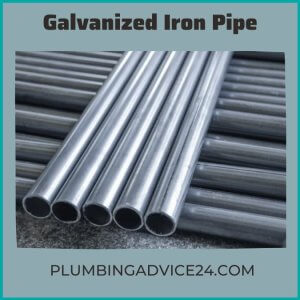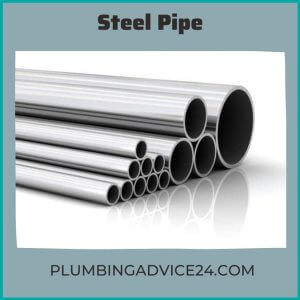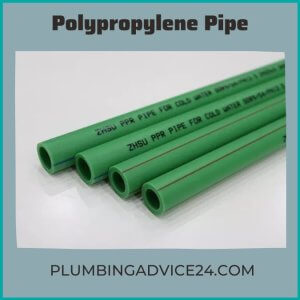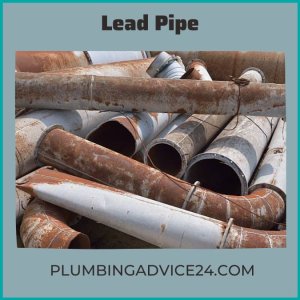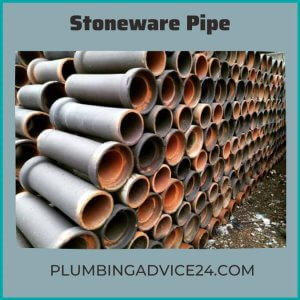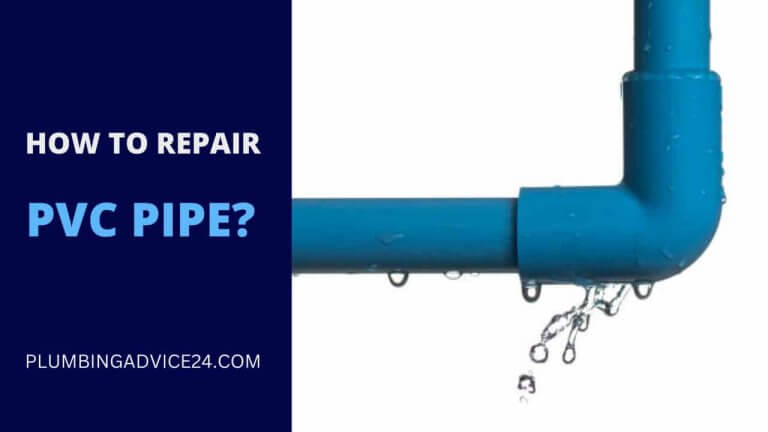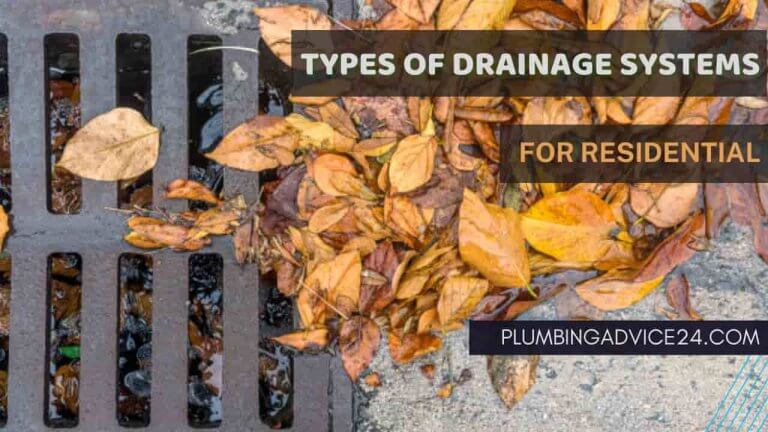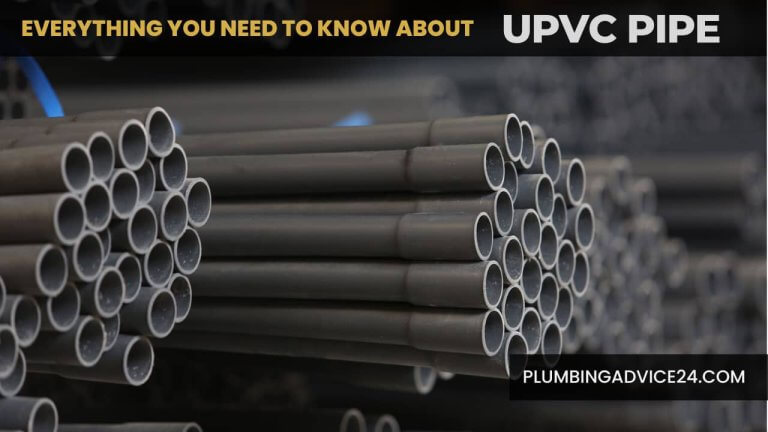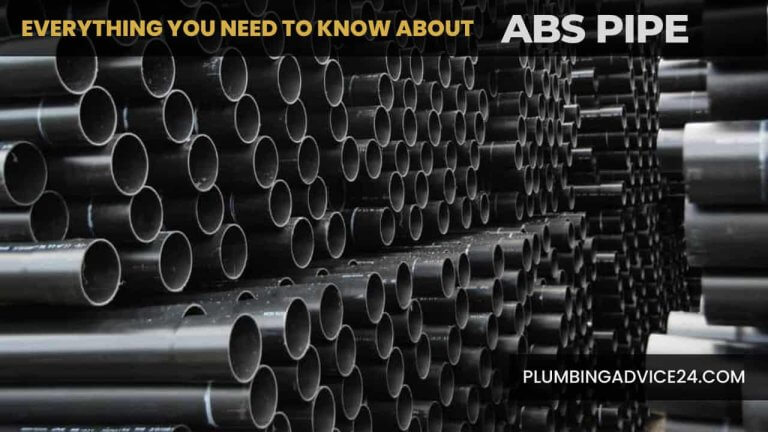22 Different Types of Plumbing Pipes
Friends, we all have water in our house, but did you know? Where and how does this water come from? This is a good question. There is no doubt that plumbing is an important part of any home and office building if you want to make it livable and comfortable. In this chapter, we will learn about types of plumbing pipes.
If you ask people who struggle with leaky and moldy walls, you will find that even a poorly fitted or low-quality pipe can cause considerable damage and long-term trouble for homeowners or office goers.
You may know that this drinking water or drain water comes or goes from a pipe, but did you know? What are these pipes? Why plumbing is necessary, how many types of plumbing pipes, What pipes are made of, and what type of plumbing do I have ? etc. We will study the answers to all these questions later. So let’s go.
What Is A Plumbing Pipe?
Plumbing is a system that carries fluid from one place to another through a chain, and the pipe is the common part of the items used for this purpose. Plumbing pipes can be widely used for a variety of tasks, from the delivery of drinking water to your kitchen faucet to the delivery of waste to your sewer system.
These types of drainage and delivery systems have been around since ancient times. The Romans used lead pipes in roofs and sewer pipes and used lead for piping and bathing. The Greeks used soil pipes to deliver water to homes and public buildings.
In the early twentieth century, materials such as cast iron, copper, and galvanized steel became more popular.
As people’s understanding of lead poisoning evolved, so did things. Today, many different types of pipes are available, and each is used for a specific purpose. The list includes PVC, PEX, ABS, copper and galvanized steel, and cast iron piping. Check out the information below to learn more about these types of plumbing pipes.
How Many Types of Plumbing Pipes?
Many common types of household plumbing pipes can be used for everything from fixtures and water transport to waste disposal. What is the right pipe for drinking water supply, drainage, sewer, and exterior? The answer is not as clear as it was in the past when the main pipe choices were only galvanized steel or cast iron.
There are different options for plumbing pipes right now, but if you want to put the right pipe in the right place, it is a matter of thinking; for such questions, you need the following information.
There are many types of pipes used in plumbing, but pipes are chosen based on aptitude and work, and their prices are considered.
These different types of plumbing pipes are below :
- Polyvinyl Chloride Pipe (PVC)
- Cross-Linked Polyethylene (PEX)
- Acrylonitrile Butadiene Styrene Pipe (ABS Pipe)
- Copper Pipe
- Cast Iron Pipe
- Galvanized Steel Pipe
- Galvanized Iron Pipe
- Brass Pipe
- Steel Pipe
- Chlorinated Polyvinyl Chloride (CPVC)
- Unplasticized Polyvinyl Chloride Pipe (uPVC)
- Hdpe (High-Density Polyethylene)
- Low-Density Polyethylene (LDPE)
- Polypropylene Pipe
- Polyethylene Pipe (Pe)
- Vinyl Pipe
- Lead Pipe
- Asbestos Cement Pipe
- Stoneware Pipe
- Concrete Pipe
- Hose Pipe
- Soil Pipe
Friends, Get the following information to learn more about types of plumbing pipes:
1. PVC Pipe
The full name of PVC is polyvinyl chloride. It has become a replacement for metal piping, and PVC has become a very popular pipe. PVC has become synonymous with “pipe.” It is widely used in residential plumbing for waste drainage and vent application but is unsuitable for hot water.
2. Cross-Linked Polyethylene (PEX)
PEX is a cross-linked polyethylene pipe made using the extrusion method. These types of plumbing pipes are flexible, durable, cost-effective, and easy to install. PEX pipe is the most popular and latest pipe to hit the plumbing industry, as well as it is usually used only for water supply.
PEX plumbing pipes are rigid as required to push the water supply. These types of pipes have different color codings for hot and cold water, such as blue for cold water and red for hot water. It is cheaper than other types of pipes, and you can even attach it to a copper pipe.
3. Acrylonitrile Butadiene Styrene (ABS Pipe)
ABS (acrylonitrile-butadiene-styrene) is a thermoplastic resin; this plastic is used to make ABS pipes. These pipes are very similar to PVC pipes but differ in their black color. It is particularly resilient to cold temperatures, making it more widely used in vent and drain lines.
ABS pipe transmits the sound of flowing water so that it cannot be said to be a “quiet” pipe. In these situations, PVC pipe is a good choice because PVC pipe is more flexible and dampens the sound of running water.
Must Read: What Type of Piping Is Used in Homes | Types of Pipes for Water Supply
4. Copper Pipe
Copper pipe has been a staple in the plumbing industry for decades. These types of plumbing pipes are found in showers, sinks, tubs, and other fixtures in the house.
Copper pipes remain equally popular with plumbers and homeowners as they are corrosion-resistant and most suitable for protecting water quality.
5. Cast Iron Pipe
Cast iron pipes are mainly made of gray cast iron. These types of plumbing pipes are found in buildings built in the early 20th century and are now rarely used in new construction. However, these pipes are extremely durable and are used today for parts of water distribution systems.
Cast iron pipes were commonly used for sewer pipes or other drainage purposes. These pipes are heat-resistant and reduce the circulating noise of water which is mostly popular.
6. Galvanized Steel Pipe
Galvanized steel pipes are made of steel and are dipped in a protective zinc coating to prevent corrosion and rust. These types of pipes were installed in houses built before 1960.
When it was discovered, this pipe was the lead option for water supply lines. Today, however, we know that exposure to water for decades will cause these pipes to corrode on the inside.
7. Galvanized Iron Pipe
Galvanized iron pipes have a zinc coating on their iron. According to many, galvanized iron for drinking water pipes is harmful.
Others deny this and strongly favor such pipes, but only certain circumstances can determine how safe galvanized iron pipes are. In many cases, we think their use is justified.
8. Brass Pipe
Brass pipe is alloyed with 85% copper and 15% zinc. These types of plumbing pipes thus have the same characteristics as copper pipes but can be used in sewer pipes under pressure.
9. Steel Pipe
Steel pipe is made of metal alloys of iron and other metals such as aluminum/manganese. Some pipes have more strength and durability than iron pipes.
It is seamless or welded along the length of the pipe and is made by galvanizing it by coating it with a layer of zinc in a hot zinc bath. Zinc is considered the best used for drinking water as it is non-toxic to humans.
Must Read: Types of Steel Pipes | Stainless Steel Pipe Vs Carbon Steel Pipe
10. Chlorinated Polyvinyl Chloride (CPVC)
Chlorinated polyvinyl chloride (CPVC) pipes are stronger and more durable than PVC pipes, but they are mostly used in plumbing applications in places like factories because they are more expensive where the risk of chemicals and heat is high.
11. Unplasticized Polyvinyl Chloride Pipes (uPVC)
UPVC pipes are made of Unplasticized polyvinyl chloride. This material is very low maintenance and low cost. These types of plumbing pipes are used to distribute drinking water in buildings or water transfer in bathrooms, kitchens, sinks, laboratories, etc.
Supply through tubewell and overhead tanks in complexes, houses, offices, hotels, hospitals, and public places; uPVC pipes are used for transporting saltwater in industries or as a production line in industries like sugar, paper, etc.
12. High-Density Polyethylene (HDPE)
High-Density Polyethylene (HDPE) is a plastic resin made by copolymerizing ethylene and mixing small amounts of other hydrocarbons. HDPE pipe is a flexible plastic pipe made from thermoplastic high-density polyethylene and is mainly used for low-temperature liquid and gas transfer.
Nowadays, people use these types of pipes to carry potable water, hazardous waste, various gases, slurry, firewater, rainwater, etc. Due to their low weight and high corrosion resistance, the industry of these pipes has gained a lot of momentum.
Must Read: What Is Plumbing Pipe Materials | What Is Used to Make Plumbing Pipes
13. Low-Density Polyethylene (LDPE)
Low-density polyethylene (LDPE) pipe is UV and acid-resistant. These types of plumbing pipes are lightweight and low-cost. It is used for liquid feeds, chemical transfer, food and beverage processing, potable water system, sewer, pool, spa supply lines, etc.
14. Polypropylene Pipe
Polypropylene pipe is also one of the best chemical-resistant and lightweight piping materials for many organic solvents. Used primarily for HVAC applications. These types of pipes are less expensive than copper pipes, which are stronger and more durable.
Polypropylene pipes are used for chemical drainage systems, industrial processes, highly purified water, hot or cold water distribution, and gravity sewer systems.
15. Polyethylene Pipe (PE)
Polyethylene (PE) is a thermoplastic produced from the polymerization of ethylene from which these pipes are made. Space such as waste disposal and drainage lines can be used.
Must Read: What Is a Plumbing Trap | 15 Different Types of Plumbing Traps
16 . Vinyl Pipe
The vinyl pipe is a reliable and durable pipe. These pipes play an important role in water delivery and sprinkler systems to sewer transport and sewer-waste vents. However,r it is rarely seen.
17. Lead Pipe
Lead pipe is made of lead. So it is called a lead pipe. It is used to distribute potable water to connect the water main to the user’s space. Lead is harmful to public health. But there is still controversy.
18. Asbestos Cement Pipe
Asbestos cement pipe, also known as transit pipe, is a cement liquid transport vessel that is tubular. It is used in these pipes to enhance their mechanical properties. Commonly used in the 20th century, these pipes were discontinued because they were harmful to health.
Asbestos cement pipes were commonly used to transport drinking water, wastewater, gases, and fumes. Extremely resistant to corrosion but eventually becoming thinner, increasing the process of replacing existing asbestos pipe systems.
Must Read: What Is a Sewer Line | Types of Sewer Pipes | Best Sewer Line Insurance Company
19. Stoneware Pipe
Stoneware pipes are ceramic pipes. Used for underground sewers. These types of pipes are also used to remove waste from toilets, bathrooms, and kitchens. These pipes are usually used on the outside of the building.
20. Concrete Pipe
Concrete pipes are very stiff. In fact, thousands of years. Due to its durable product with a proven lifespan of over 100 years, It is often the product of choice by specifics and builders.
Concrete pipes are mainly used in roadway and site development, as they are capable of delivering very large volumes of fluid and withstand environmental stress.
21. Hose Pipe
A hose pipe is a flexible tube or pipe used primarily to carry water through rigid pipe connections. In most parts of the Northeastern USA, it is also called a garden hose, meaning only used for gardening, although it is rarely used for this purpose.
22. Soil Pipe
Soil pipes are used for the disposal of wastewater. This type of pipe carries water and solids in the gutter. These pipes are also called soil vent pipes. These pipes are specially designed to carry dirty water from the toilet, urinal, or bidet (blackwater) to the sewer.
Uses of Plumbing Pipe
Here are the following points for the uses of pipe.
- Used for residential plumbing.
- For drinking water connection
- For waste drainage and vent application
- Useful for irrigation.
- To transport gas or liquids over long distances
- For compressed air systems
- For concrete peeling used in construction projects
- For high-temperature or high-pressure production processes
- It is used in petroleum industries for oil well coating and oil refining equipment.
- It is used to deliver liquids or gases in the process plant from one end of the process to the other.
- Useful in delivering bulk solids, food, or transport from one point of processing to another in the processing plant.
Must Read: What is Plumbing Tools | 31 Types of Plumbing Hand Tools
What Is Plumbing Pipe?
Plumbing is a system that carries fluid from one place to another through a chain, and the pipe is the common part of the items used for this purpose. Plumbing pipes can be widely used for a variety of tasks, from the delivery of drinking water to your kitchen faucet to the delivery of waste to your sewer system.
Is PVC Good for Hot Water?
The full name of PVC is polyvinyl chloride. It has become a replacement for metal piping, and PVC has become a very popular pipe. It is widely used in residential plumbing for waste drainage and vent application but is unsuitable for hot water Because it can only withstand temperatures up to 140℉.
What Is the Best Pipe for Underground Water Supply?
HDPE (High-Density Polyethylene) pipe is considered the best choice for underground water lines. HDPE pipes are considered non-toxic, tasteless, and green building material. These pipes have properties like high crack resistance and corrosion resistance.
Can You Weld Cast Iron Plumbing Pipe?
In short, the answer is yes, but cast iron pipes need to be treated carefully and use proper techniques to avoid cracking. Most welding methods require the surface of the material to be cleaned.
What Is the Difference Between PVC and uPVC?
The only difference between PVC and uPVC pipes is that PVC contains BPA and phthalates, two plasticizers that make it more flexible. uPVC is an unplasticized material, which makes it rigid. uPVC is often called rigid plastic.
If You Liked This Post? So Share It with Your Friends
Suggested Articles:

